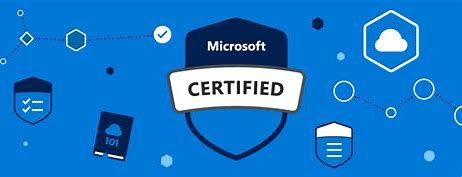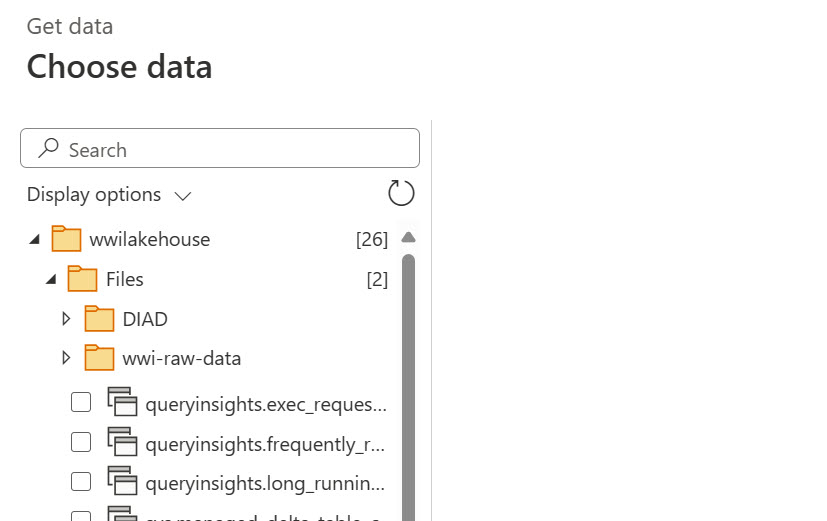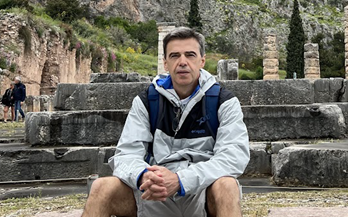Power BI and Fabric Capacities: Thinking Outside the Box
I’m conducting an assessment for a client facing memory pressure in Power BI Premium. You know these pesky out of memory issues when refreshing a biggish dataset. They started with P1, moved to P2, and now are on P3 but still more memory is needed. The runtime memory footprint of the problematic semantic model with imported data is 45 GB and they’ve done their best to optimize it.
Since its beginning, Power BI Pro per-user licensing (and later Premium Per User (PPU) licensing) has been very attractive. Many organizations with a limited number of report users flocked to Power BI to save cost. However, organizations with more BI consumers gravitated toward premium licensing where they could have unlimited number of report readers against a fixed monthly fee starting at listed price of $5,000/mo for P1. Sounds like a great deal, right?
I must admit that I detest the premium licensing model because it boxes into certain resource constraints, such as 8 backend cores and 25 GB RAM for P1. There are no custom configurations to let you balance between compute and memory needs. And while there is an auto-scale compute model, it’s very coarse. The memory constraints are especially problematic given that that imported models are memory resident and require more than twice the memory for full refresh. From the outside, these memory constraints seem artificially low to force clients into perpetual upgrades. The new Fabric F capacities that supersede the P plans are even more expensive, justifying the price increase with the added flexibility to pause the capacity which is often impractical.
It looks to me that the premium licensing is pretty good deal for Microsoft. Outgrown 25 GB of RAM in P1? Time to shelve another 5K per month for 25 GB more even if you don’t need more compute power. Meanwhile, the price of 32GB of RAM is less than $100 and falling.
So, what should you do if you are strapped for cash? Consider evaluating and adopting one or more of the following techniques, including:
- Switching to PPU licensing with a limited number of report users. PPU is equivalent of P3 and grants 100GB RAM per dataset.
- Optimizing aggressively the model storage when possible, such as removing high-cardinality columns
- Configuring aggressive incremental refresh policies with polling expressions
- Moving large fact tables to a separate semantic model (remember that the memory constraints are per dataset and not across all the datasets in the capacity)
- Implementing DirectQuery features, such as composite models and hybrid tables
- Switching to a hybrid architecture with on-prem semantic model(s) hosted in SQL Server Analysis Services where you can control the hardware configuration and you’re not charge for more memory.
- Lobbying Microsoft for much larger memory limits or to bring your own memory 🙂
It will be great if at some point Power BI introduces customized capacities. Even better, how about auto-scaling where the capacity resources scale up and down on demand within minutes, such as adding more memory during refresh and reducing the memory when the refresh is over?



 I’ve written in the past about the dangers of blindly following “modern” data architectures (see the “
I’ve written in the past about the dangers of blindly following “modern” data architectures (see the “








